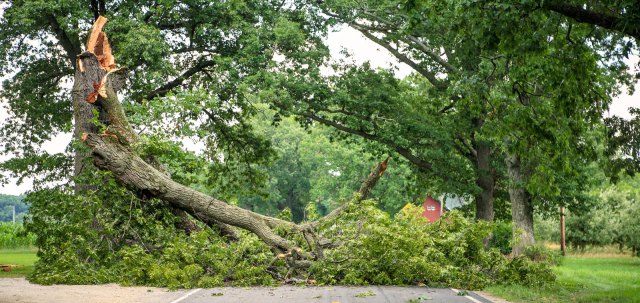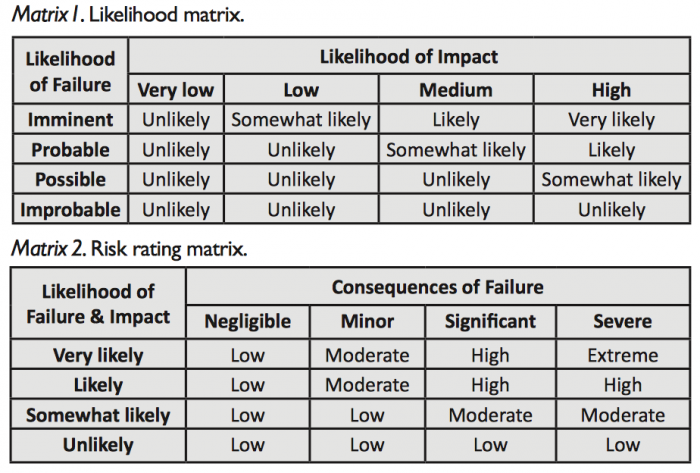What does it mean when a tree has been inspected?

The International Society of Arboriculture (ISA) divides tree risk assessment into three levels.
Inspection Types:
Level 1: Limited Visual Assessment (eyes only inspection, on foot, drive-by etc)
Level 2: Basic Assessment (ground level inspection with simple hand tools)
Level 3: Advanced Assessment (climbing may be involved along with diagnostic equipment.)
These are often modified to collect additional data that clients deem important and within available timeframe and resources.
For example, in a large estate with thousands of trees, trees situated away from human habitation may get a Level 1 assessment, while trees close to road junctions or of a certain girth size receive Level 2 or 3 assessments on a more frequent basis.
Evaluating Tree Risk:
Tree Risk is evaluated in the following way,
- Grade the likelihood of failure of identified tree parts (could be branches, trunk etc).
- Grade the likelihood of the part actually landing on targets in the event of failure:
- Combine likelihood of failure and impact into an overall likelihood grade using a matrix
- Grade the consequences of failure.
- Now we have all we need to give the risk a grade…through another matrix,
Risk rating matrix

The risk rating gives a good gauge for prioritizing remedial actions. It is worth stressing that every part of the process, not just the final rating, is important. An insufficiently thorough assessment level cannot give enough information for a reliable risk rating, while an overly excessive assessment level wastes time and resources.
We hope that this gives the public a better idea of how tree risk is evaluated, this is but a brief explanation of the risk assessment process. Full tree risk assessment courses and manuals should be available from the Centre for Urban Greenery and Ecology (CUGE).
Sources
https://i1.wp.com/greenscenenz.com/wp-content/uploads/2015/10/healthhaz.jpg?resize=640%2C303
